Welcome to our blog! Today we are going to explore the fascinating topic of how many kittens a cat can have. If you are a cat lover or simply curious about feline reproductive patterns, this is the perfect article for you.
Cats, known for their independent and mysterious nature, have been domesticated for thousands of years. As a beloved companion animal, their ability to reproduce has always been of interest to owners and breeders alike. Understanding how many kittens a cat can have is not only a matter of curiosity but also an essential aspect of responsible pet ownership.
Before delving into the specifics, it's important to understand that the average litter size can vary among different cat breeds and individual cats. Generally, cats can have a range of one to nine kittens per litter. However, it is more common for cats to have around three to five kittens in a litter.
Various factors influence litter size, including the cat's age, health, genetics, and nutrition. Younger cats tend to have smaller litters, while older cats may have larger ones. Additionally, certain cat breeds have been selectively bred for smaller or larger litters. The breed's history and genetic makeup play a significant role in litter size variability.
Interestingly, a cat can become pregnant by multiple male cats during a single heat cycle. This means that a litter can have kittens with different fathers, leading to diverse physical characteristics and personalities within the same litter.
It's worth noting that female cats, or queens, can reach sexual maturity as early as five months of age. Therefore, it is crucial to have your cat spayed or neutered to prevent unwanted pregnancies if you are not planning to breed them responsibly. Controlling cat populations through spaying and neutering is a responsible and ethical approach to pet ownership.
In the following sections, we will delve deeper into the gestation period, breeding habits, and care for pregnant cats and newborn kittens. Stay tuned to learn more about these fascinating aspects of feline reproduction.
Remember, understanding how many kittens a cat can have is essential for providing appropriate care and guidance to your feline companion. By educating ourselves about their reproductive patterns, we can ensure the well-being of both mother and kittens.
Briefly introduce the topic of how many kittens a cat can have.

Cats are fascinating creatures, and one intriguing aspect of their life cycle is their ability to reproduce. It's not uncommon for cat owners and enthusiasts to wonder just how many kittens a cat can have in a single litter. The answer to this question may vary depending on several factors, such as breed, age, and overall health of the cat. While cats are known for being prolific breeders, it's essential to understand that the number of kittens a cat can have can range from one to several. This section will delve into the factors that influence litter size and shed light on the potential outcomes when it comes to a cat's reproductive capabilities. Whether you're a cat lover or simply curious about feline biology, understanding the intricacies of feline reproduction can provide valuable insights into these beloved pets' lives.
Factors influencing litter size
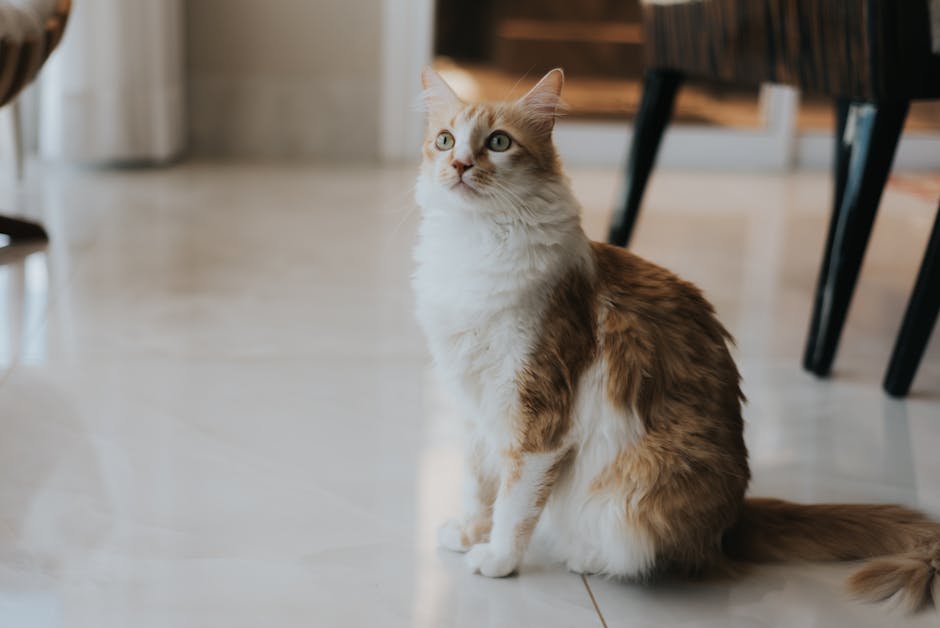
Factors influencing litter size:
The litter size of a cat can vary depending on several factors. These factors play a crucial role in determining how many kittens a cat can have. Understanding these factors can help cat owners and breeders anticipate and prepare for the arrival of new additions to the feline family.
1. Breed: Different cat breeds have varying litter sizes. Certain breeds, such as Siamese or Burmese cats, tend to have smaller litters, typically ranging from 1 to 4 kittens. On the other hand, larger cat breeds, like Maine Coons or Persians, may have larger litter sizes, often ranging from 4 to 7 kittens.
2. Age: A cat's age can influence its ability to produce larger litters. Female cats generally reach sexual maturity between 5 to 12 months of age. However, younger cats may have smaller litter sizes during their initial breeding cycles, while older cats may have reduced fertility and smaller litters as they approach the end of their reproductive years.
3. Health: The overall health and well-being of a cat play a significant role in determining litter size. Cats that are in good health, maintain a healthy weight, and receive proper nutrition are more likely to have larger litters. Conversely, cats with underlying health issues, malnutrition, or obesity might experience smaller litter sizes or complications during pregnancy.
4. Genetics: Just like in humans, genetics can influence the litter size of cats as well. If a cat's lineage has a history of larger litters, then it is more likely to produce multiple kittens. Conversely, if a cat comes from a bloodline with a history of smaller litters, it is more probable that it will have a smaller litter size.
5. Environment: The environment in which a cat lives can impact its litter size to some extent. Stress or stressful living conditions can potentially lead to smaller litter sizes or complications during pregnancy. Conversely, providing a calm and comfortable environment for the cat can positively influence their reproductive capabilities.
It is important to note that while these factors generally contribute to the number of kittens a cat can have, each cat's reproductive system is unique. Consulting with a veterinarian or experienced breeder can provide more specific insights into predicting litter sizes for individual cats.
Discuss how the breed and genetics of a cat can affect litter size.
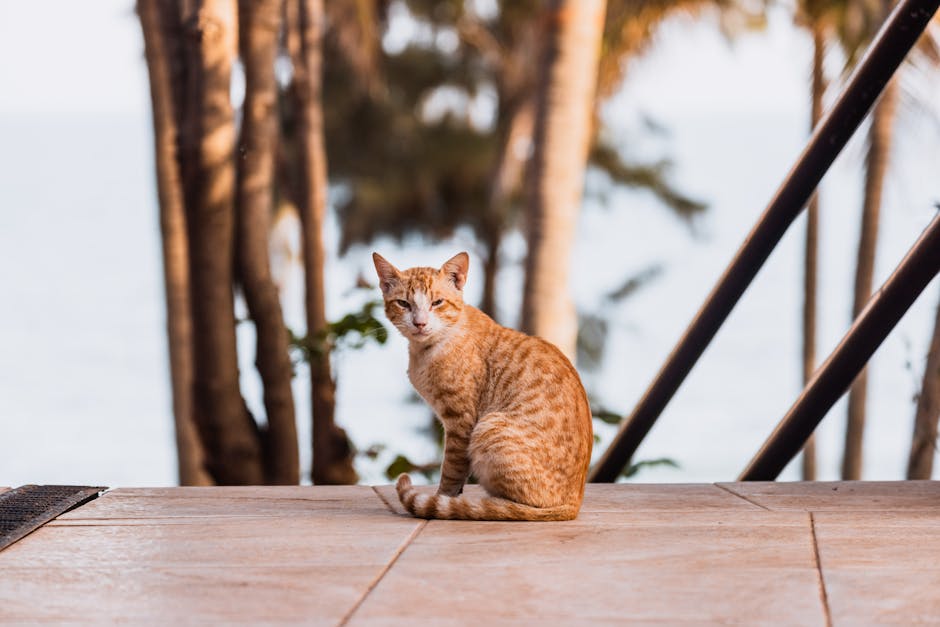
When it comes to cat reproduction, the breed and genetics of a cat can greatly influence the size of their litters. Different cat breeds often have varying litter sizes due to their unique genetic makeup.
For instance, some cat breeds, such as the Siamese or Persian, are known to have smaller litters compared to others. This can be attributed to the genetic traits passed down through generations within these breeds. On the other hand, breeds like Maine Coons or Ragdolls tend to have larger litters. These variations stem from the specific genetic traits inherited by these breeds, which can influence fertility and litter size.
Genetics also play a crucial role in determining litter size. Cats inherit genes from both their parents, including those responsible for reproductive traits. If a cat's parent has a history of larger litters, there is a higher chance that the offspring will also have larger litters. Conversely, if a cat's parent has a history of smaller litters, the same pattern may carry on to subsequent generations.
While breed and genetics provide valuable insights into potential litter sizes, it's important to remember that individual cats within a breed can still show significant variation. Factors such as the cat's overall health, age, and environmental conditions also contribute to litter size. Additionally, the number of successful matings and fertilization during the breeding process can have an impact.
It is crucial to note that breeding cats should always be done responsibly and with proper knowledge and expertise. Consulting with veterinarians, breeders, or feline specialists can provide valuable guidance when attempting to understand and manage specific breed or genetic influences on litter sizes.
In conclusion, a cat's breed and genetics heavily influence the potential litter size. Breeds with specific genetic traits may have inherent tendencies towards larger or smaller litters. However, individual factors and circumstances also play a role in determining litter sizes. Responsible breeding practices and seeking advice from professionals will ensure the well-being of the cats involved.
Mention how age and health of the cat also play a role in determining litter size.
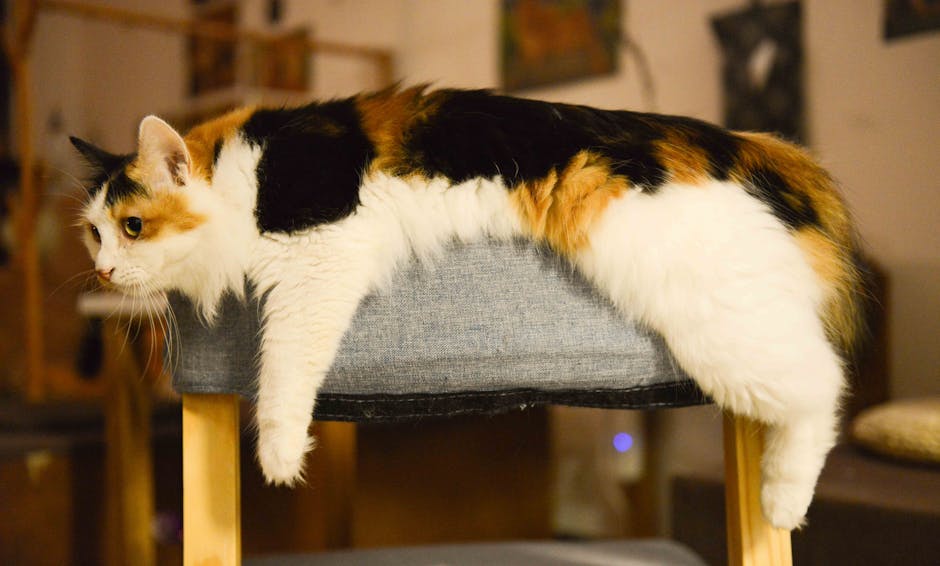
Age and health of the cat also play a crucial role in determining the size of a litter. Just like humans, as cats age, their reproductive capabilities can decline. Older cats may have smaller litters compared to younger cats. Additionally, the overall health of the cat can impact their ability to conceive and carry a healthy litter.
A well-nourished and physically fit cat is more likely to have a larger litter size as compared to a cat with underlying health issues. Proper nutrition and regular veterinary care are important for maintaining a cat's reproductive health. It's essential to provide a balanced diet that meets all their nutritional requirements, ensuring they receive the necessary vitamins and minerals to support their reproductive system.
Moreover, the breed of the cat can also influence the litter size. Some cat breeds are known to have larger litters, while others typically have smaller litters. It is worth noting that breeding practices can also impact the litter size. Responsible cat breeders ensure that the parent cats are healthy and pass on good genetics to their offspring, which can result in larger, healthier litters.
Considering both the age and health of the cat is essential in understanding and predicting the likely litter size. This information can be valuable for cat owners, breeders, and veterinarians, as it allows them to provide appropriate care and support during the pregnancy and birth process.
Average litter size
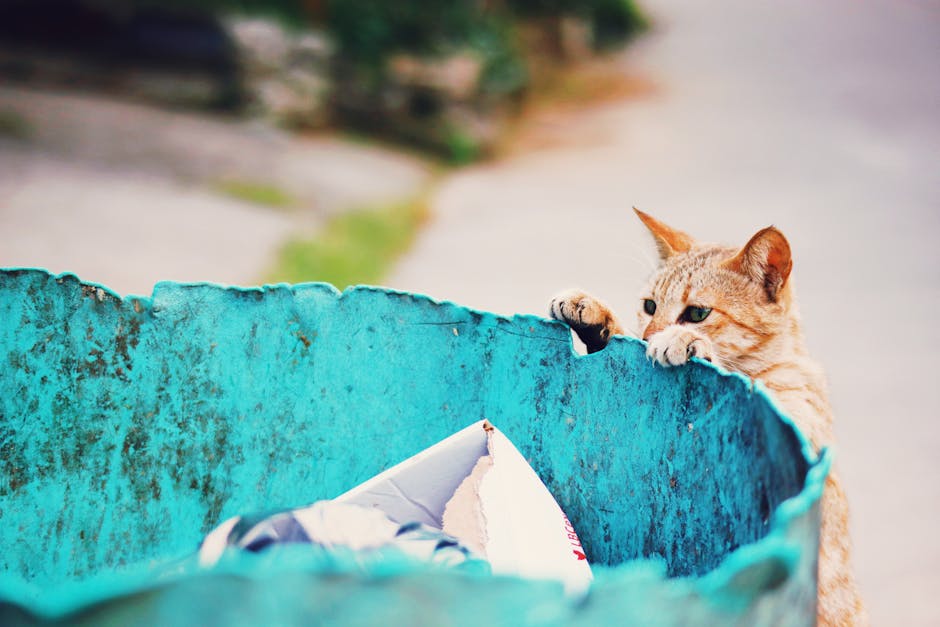
On average, domestic cats have a litter size ranging from one to nine kittens. However, it's important to note that several factors come into play when determining the litter size. The age and health of the cat, as well as its genetic makeup, can influence the number of kittens born.
Younger cats generally have smaller litters, with an average of three to four kittens. As cats mature, the size of their litters tends to increase. Mature cats typically have larger litters, often ranging between four and six kittens.
Breed also plays a role in determining average litter size. Certain cat breeds, such as the Siamese or Persian, tend to have smaller litters compared to breeds like the Maine Coon or the Ragdoll, which are known for larger litters.
It's interesting to note that factors like nutrition and overall health can impact litter size as well. A well-nourished and healthy cat is more likely to have a larger litter than one experiencing malnutrition or health issues. Therefore, providing your cat with a balanced and nutritious diet and regular veterinary care is crucial for ensuring their reproductive health.
While most cats have smaller to medium-sized litters, larger litters of seven to nine kittens are possible but less common. These larger litters are usually an exception rather than the norm.
Overall, it's important to remember that individual cats may deviate from the average litter size due to various factors. Additionally, some cats may experience complications during pregnancy or difficulties in delivering their kittens, which further emphasizes the importance of regular veterinary check-ups and professional care throughout a cat's reproductive life.
Provide information on the average number of kittens in a litter for different cat breeds.
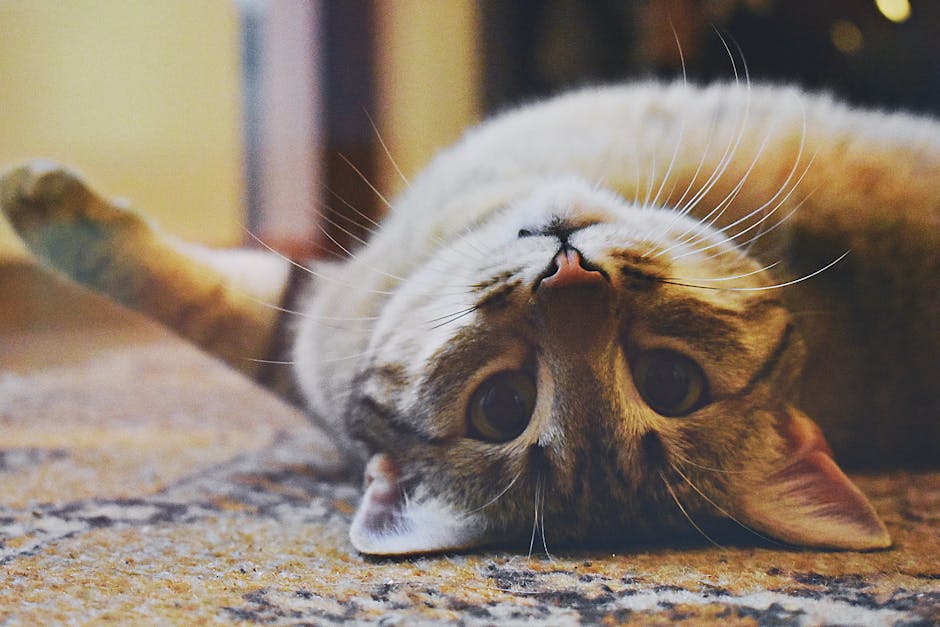
The average number of kittens in a litter can vary depending on the breed of the cat. While some cat breeds tend to have smaller litters, others may have larger ones. It's important to keep in mind that these numbers are general averages and individual cats may have more or fewer kittens.
1. Siamese cats: Siamese cats generally have smaller litters compared to other breeds. On average, Siamese cats can have around 3 to 4 kittens per litter. However, it's not uncommon for them to have as few as 1 or 2, or occasionally even up to 6 kittens.
2. Persian cats: Persian cats, known for their luxurious long coats, tend to have slightly larger litters. On average, Persian cats can have between 4 to 5 kittens in a litter. However, it's important to note that due to their flatter faces and brachycephalic nature, Persian cats may sometimes have smaller litters due to potential breeding complications.
3. Maine Coon cats: Maine Coon cats are one of the largest domestic cat breeds, and they also tend to have larger litters. On average, Maine Coon cats can have around 4 to 6 kittens per litter. However, it's not unusual for them to have even larger litters, ranging from 6 to 9 kittens.
4. Bengal cats: Bengal cats, known for their unique spotted or marbled coat patterns, typically have moderate-sized litters. On average, Bengal cats can have around 3 to 5 kittens per litter. However, some Bengal cats may have smaller or larger litters based on various factors.
5. Ragdoll cats: Ragdoll cats, known for their affectionate nature and stunning blue eyes, usually have smaller litters compared to their larger size. On average, Ragdoll cats can have around 3 to 5 kittens per litter. However, it's important to note that Ragdoll cats are known for their calm and docile temperament, which could lead to fewer breeding opportunities.
It's important to remember that these numbers are not set in stone and can vary from cat to cat, even within the same breed. Additionally, breeding and genetics also play a role in determining litter sizes. If you're planning to breed your cat or are considering adopting a pregnant cat, it's always best to consult with a veterinarian for information and guidance specific to your cat's breed and individual circumstances.
Include statistics or research findings to support the data.
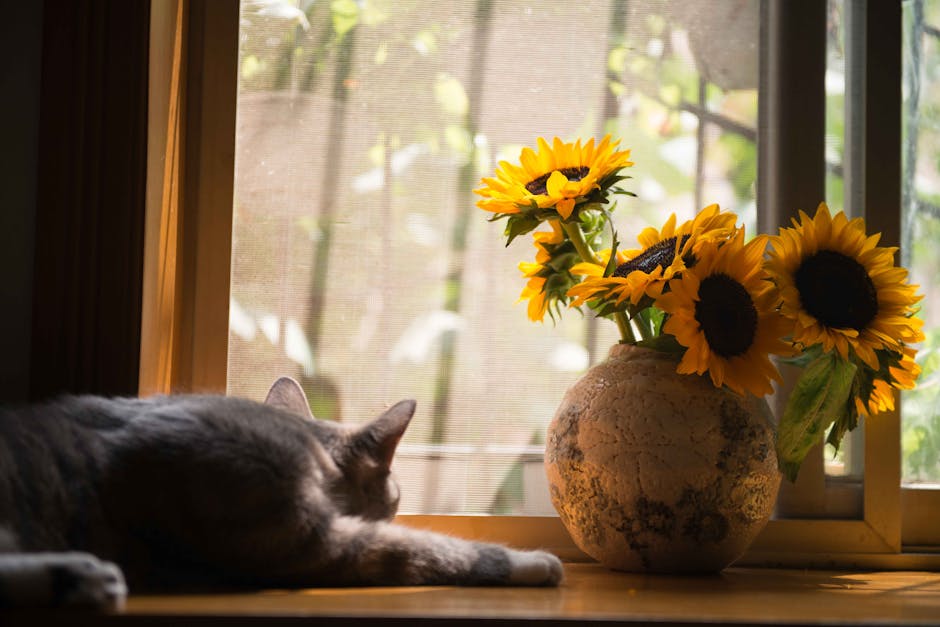
According to statistics and research findings, the number of kittens a cat can have in a litter varies depending on several factors such as the cat's breed and age. On average, a cat can give birth to a litter of four to six kittens. However, it's essential to note that some cat breeds can have larger litters, while others may have fewer kittens.
Studies reveal that certain breeds, such as the Siamese or Maine Coon, often have larger litters compared to other breeds. These cats are known to have an average litter size of six to eight kittens. On the other hand, breeds like the Persian or British Shorthair tend to have smaller litters, typically consisting of three to four kittens.
Additionally, a cat's age can also influence the number of kittens in a litter. Younger cats, between one to two years old, generally have smaller litters. However, as they mature, the number of kittens per litter tends to increase. Cats that are three years and older are more likely to have larger litters, with four to six kittens being the average.
It is important to remember that these statistics are based on general observations, and there can always be exceptions. Factors like the cat's overall health, genetics, and reproductive history can also impact litter size. Additionally, it's crucial for cat owners to ensure their pets receive proper prenatal care, including regular veterinary check-ups and a balanced diet, to promote healthy pregnancies and deliveries.
Understanding the average number of kittens a cat can have provides valuable insights into feline reproduction, helping cat owners and breeders make informed decisions about breeding programs, responsible pet ownership, and the overall welfare of cats.
Record-breaking litters
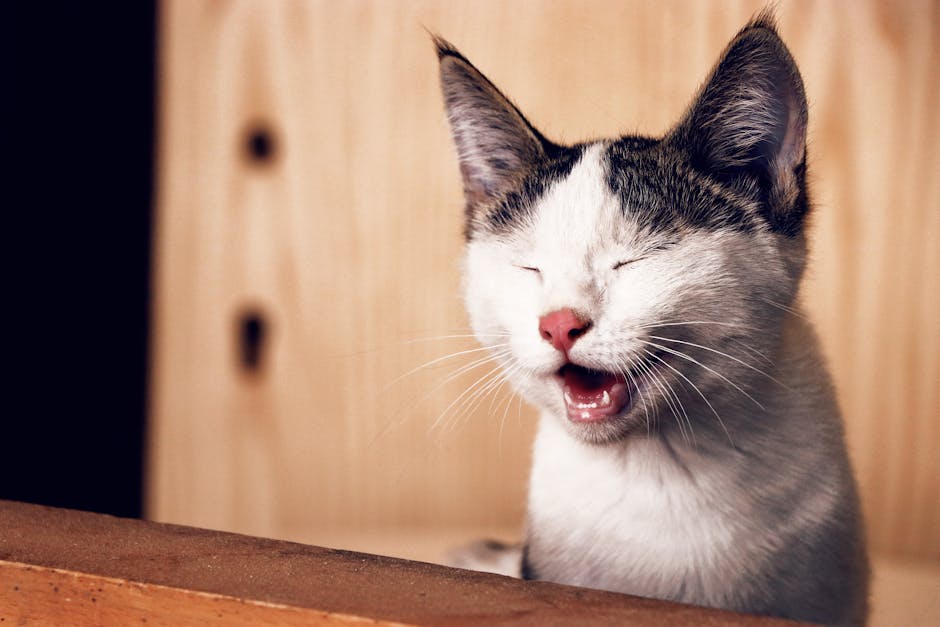
In the world of feline reproduction, there have been some astonishing records when it comes to the number of kittens born in a single litter. Mother cats, known as queens, can give birth to varying sizes of litters, with the average range being between two to five kittens. However, there have been exceptional cases where queens have broken these records, often to the awe and amazement of experts and cat lovers alike.
One such remarkable record was set by a cat named Dusty, a Burmese cat from the United Kingdom. In 1952, Dusty gave birth to an astounding litter of 19 kittens. This extraordinary event caught the attention of many animal enthusiasts, as it was highly unusual for a cat to have such a large number of offspring in a single litter. Dusty's extraordinary feat even made it into the Guinness World Records at the time, solidifying her place in feline history.
Another cat that made headlines with her exceptional litter size was a Calico named Tarawood Antigone, or simply Antigone for short. In 1970, Antigone gave birth to a stunning litter of 20 kittens. Her ability to birth and care for such a large number of kittens amazed veterinarians and experts in the field, as it posed unique challenges to the mother cat and required significant dedication and support to ensure the health and well-being of all her babies.
The occurrence of these record-breaking litters is incredibly rare and often attributed to genetic factors or unique circumstances. While it is remarkable to witness a queen giving birth to such a large number of kittens, it is essential to remember that these instances are exceptions rather than the norm. It is crucial for cat owners and breeders to provide proper care and support to both the mother and her kittens, regardless of the litter size.
In conclusion, while the average litter size for cats ranges between two to five kittens, there have been exceptional cases of queens giving birth to record-breaking litters. These extraordinary events, such as the 19 kittens born to Dusty and the 20 kittens born to Antigone, captivated the attention of the cat-loving community. However, it is important to understand that these instances are rare and require specialized care to ensure the well-being of all the kittens and the mother cat.




